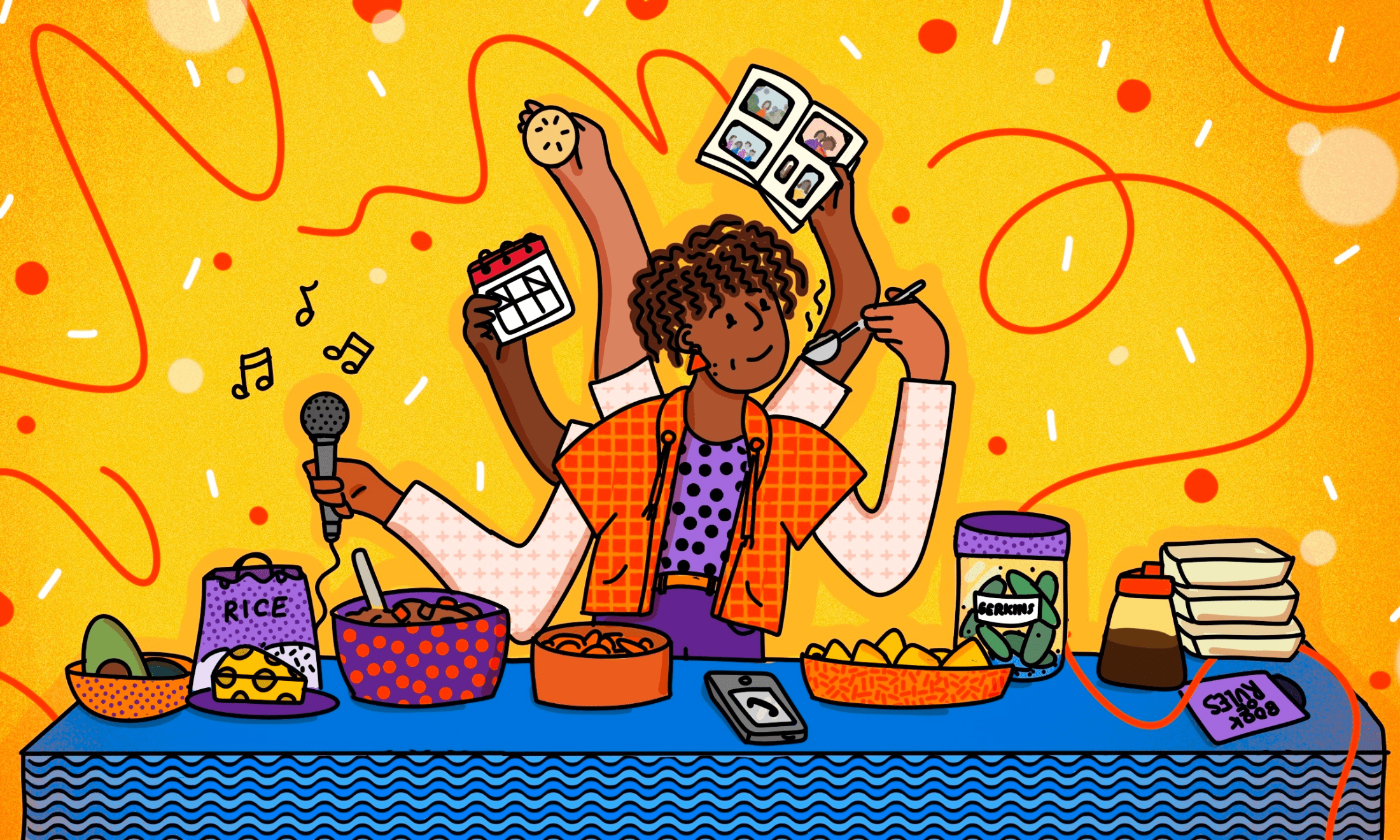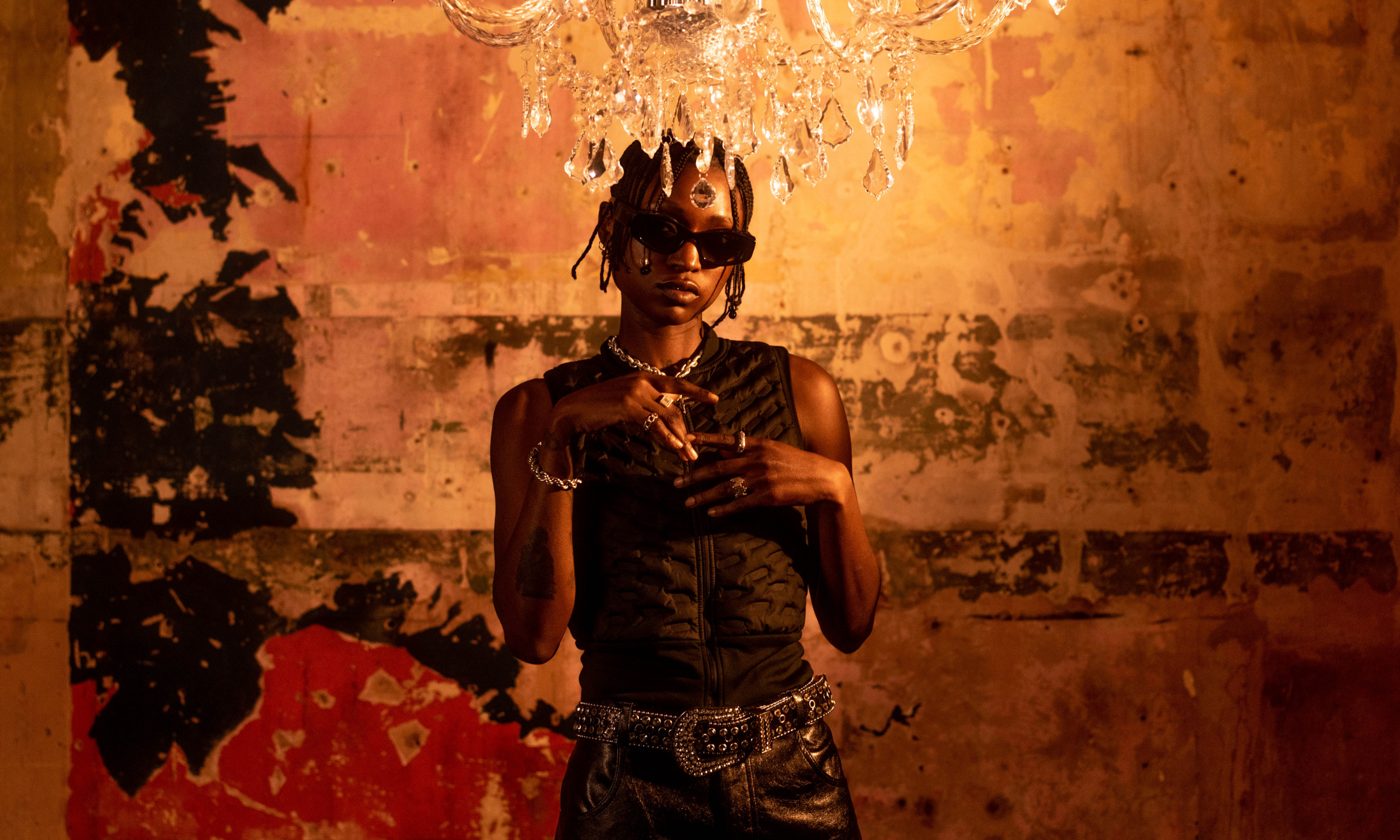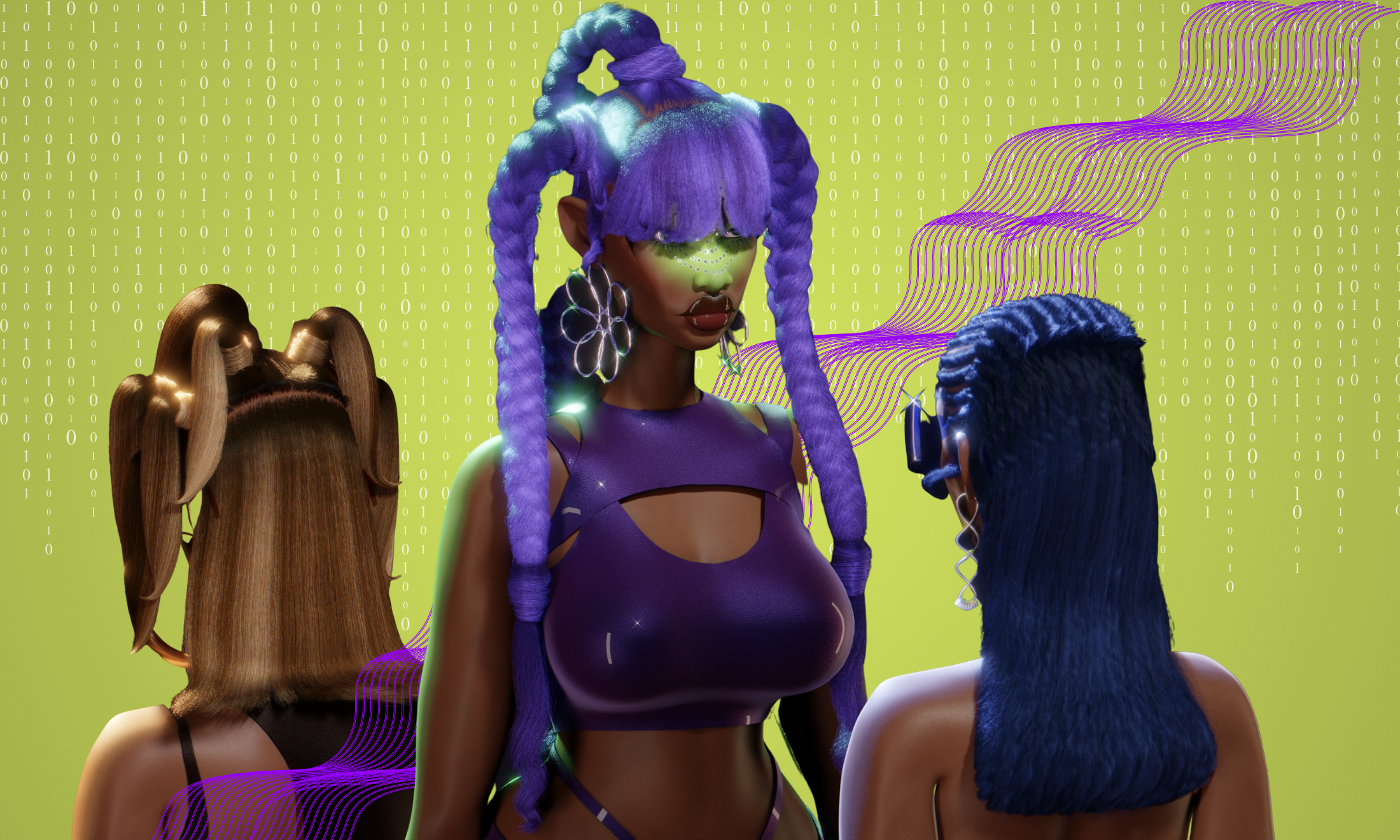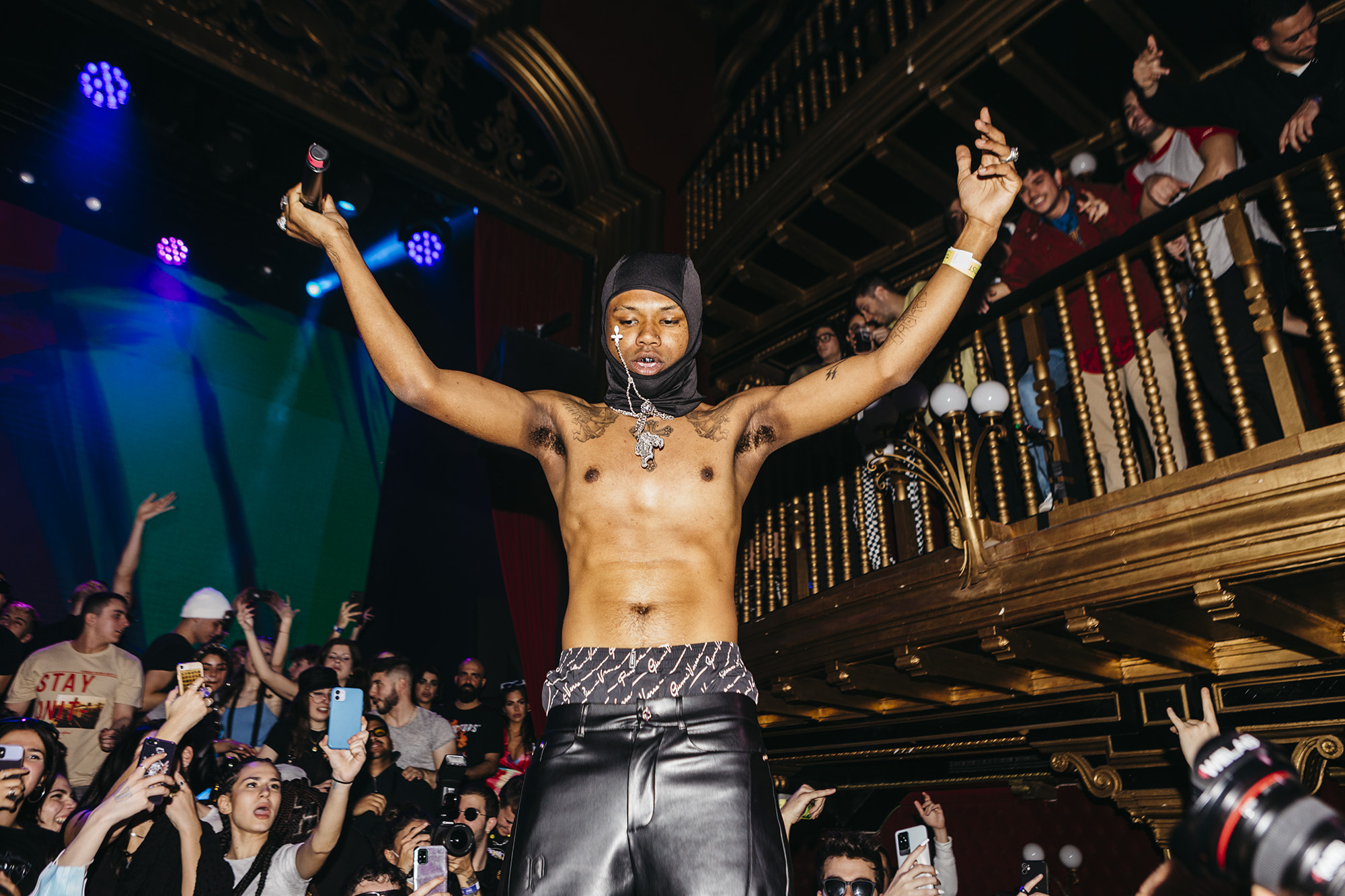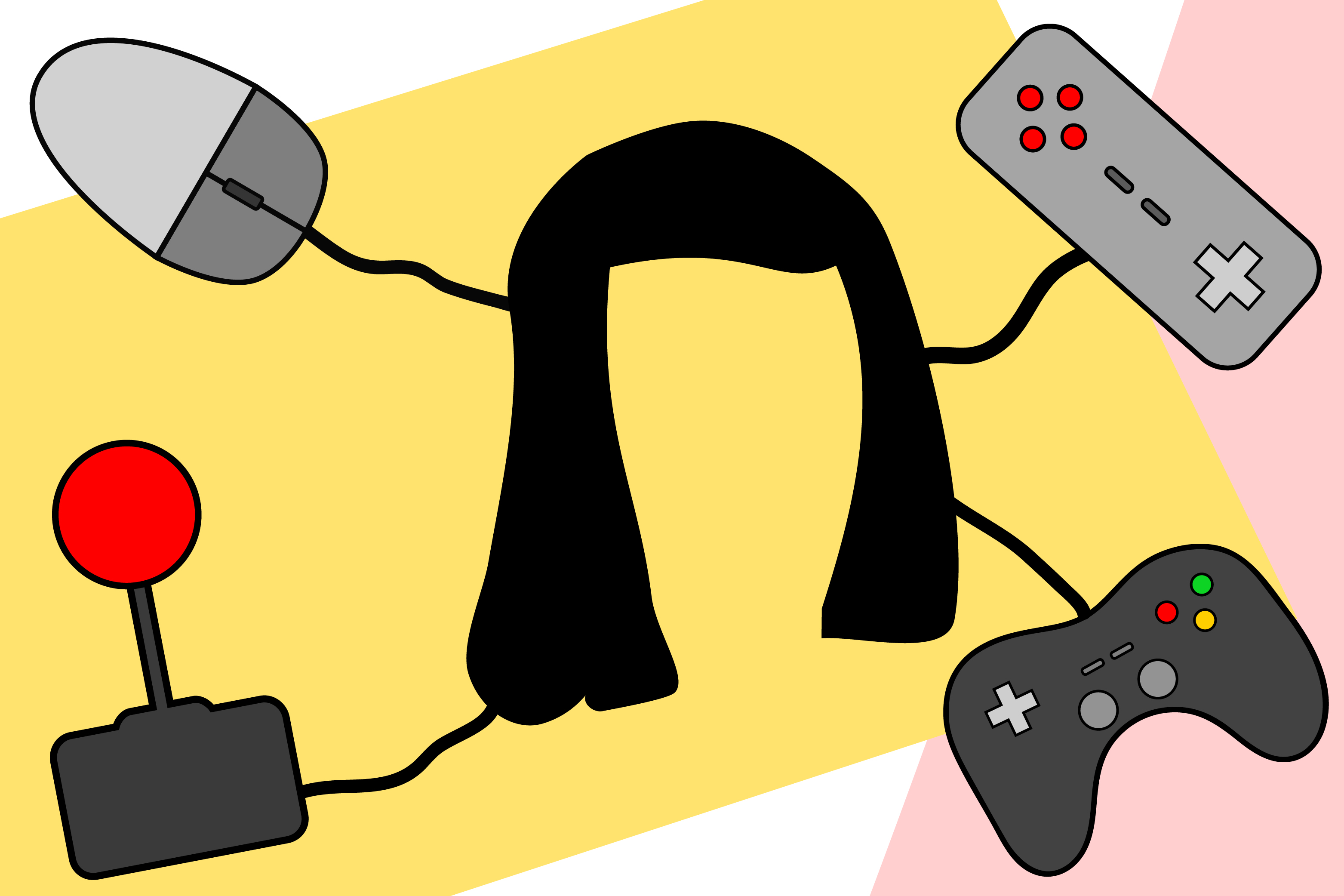
Huddled around a computer, my sister, my friend, and I took turns commanding Bob to take showers, go to work, and fix up meals. It was around the second grade that the three of us were obsessed with captaining Bob’s life, ensuring that he was the happiest, most successful Sim in Neighbourhood 1.
Bob was bald with a dark beard and a simple grey t-shirt and jeans. He was as bland as can be, as I’m very sure that he was literally one of the default Sims in the character creator feature. In that sense, Bob was the perfect canvas with which the three of us could thrust our imagination-paint onto. He was going to be the most creative, charismatic, and as fit as he could be, and easily reach the top of any career path he (we) wanted.
I loved poring over my Sims — most of whom were female — and tweaking their physical traits to make them as attractive as possible… to ten-year-old me, this meant that the women I constructed usually had fair skin, lightly-colored hair, and blue or green eyes
In my post-Bob years of playing The Sims on my friend’s computer, I graduated to having fun on my own copy of The Sims 2, where most of my time spent was not on telling my Sims when to go to bed, but actually on modifying their appearances. I loved poring over my Sims — most of whom were female — and tweaking their physical traits to make them as attractive as possible. As it turns out, to ten-year-old me, this meant that the women I constructed usually had fair skin, lightly-coloured hair, and blue or green eyes. Accordingly, I planned for them to have the most glamorous and badass of careers as top models, rockstars, and secret agents. It never occurred to me that it would be fun to play the game — or design my Sims — in any other way.
When I was around 12, circa 2007, I phased into RuneScape to sate my gaming needs. By then, I was tired of going through the same old routine of snagging cool jobs, big houses, and beautiful, boring husbands for my Sims. Instead, I spent my days running around Gielinor as “turtle169916” slaying monsters and wreaking general havoc.
Here, RuneScape gave me my first taste of fantasy. Every day, much to my mother’s disapproval, I would plop down in front of the computer screen and go on marvellous (and very pixelated) quests. On one exploit, I’d act as a diplomat for goblins, and another, I’d thwart an evil chef with magic powers. Although Turtle started off as a brunette, as I levelled her up and gained experience as a player, I one day decided to change her hair to be jet black. Suddenly, my perspective on Turtle changed. It was as if Turtle was a mirror, and the image she reflected was me – but with a blue sword and rugged armour.
Personally, it was no longer fun for me to fill my virtual spaces with people who already inhabited them in real life…
Ever since that subtle edit to turtle169916’s appearance, I’ve found that in nearly all other MMORPGs/RPGs, I’ve always strived to make my characters look as much like me as possible. And it’s not because I do it out of principle as an act of self-empowerment; I grew to love having virtual versions of me running around in different worlds. Where else can I indulge in my dreams of shooting blasts of ice at hopping vampires in Blade and Soul, being the mayor of a village populated by cute critters in Animal Crossing, or maintaining a farm while juggling twelve love interests in Stardew Valley?
Yes, there’s always the option of fashioning my avatar to represent whatever I think is objectively attractive. And hey, I totally support anyone who plays RPGs using completely different-looking alter egos. But personally, it was no longer fun for me to fill my virtual spaces with people who already inhabited them in real life. Instead, I’ve been finding it refreshing to flip the switch, log in, and be the hero of my own adventures.

